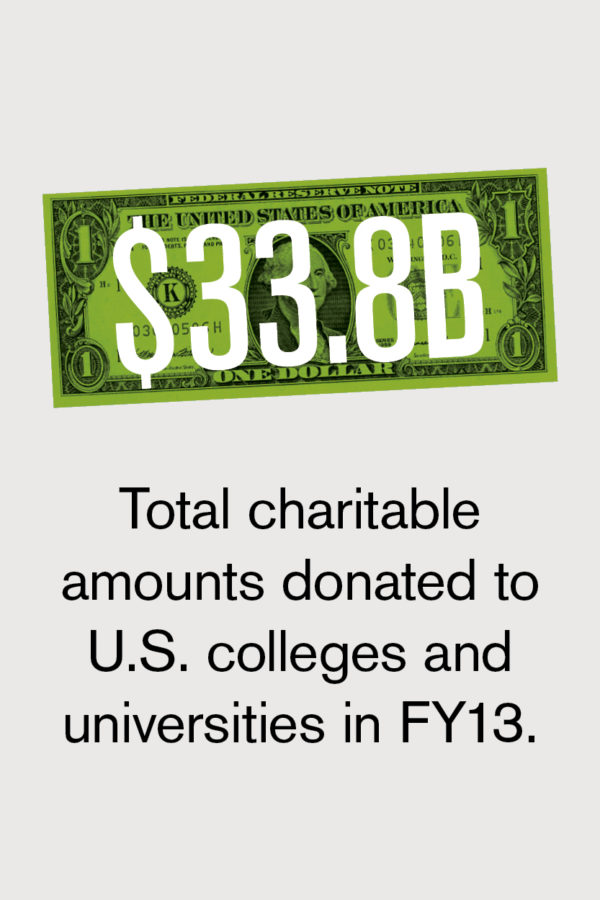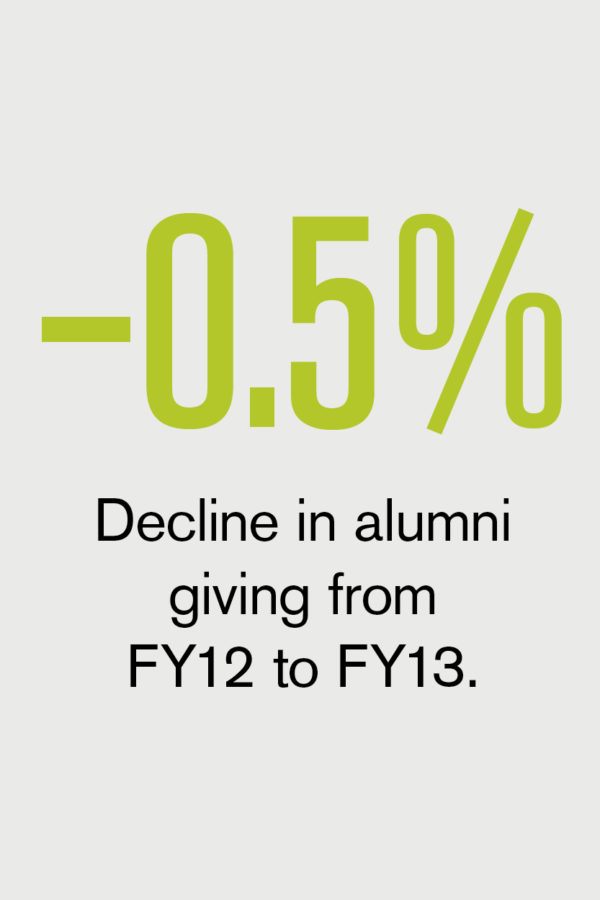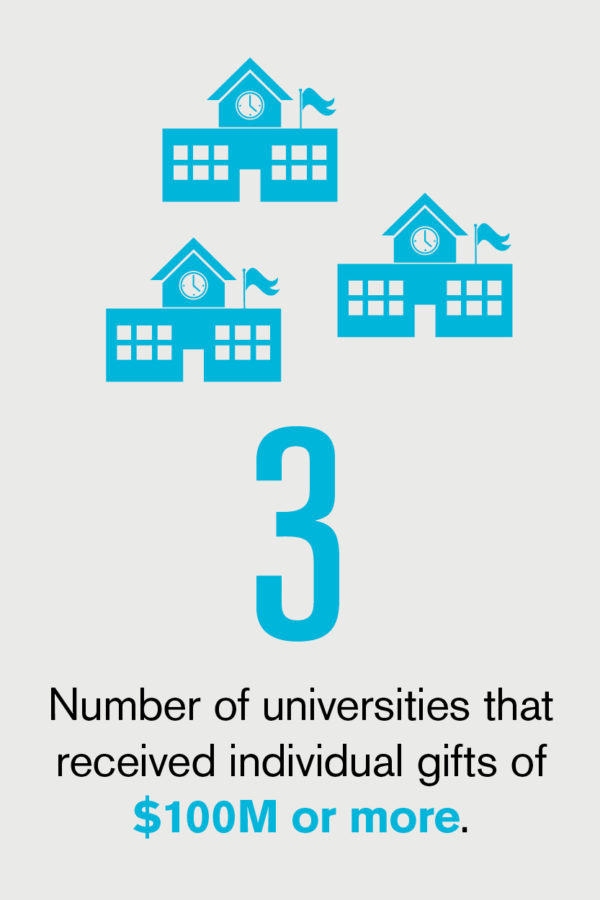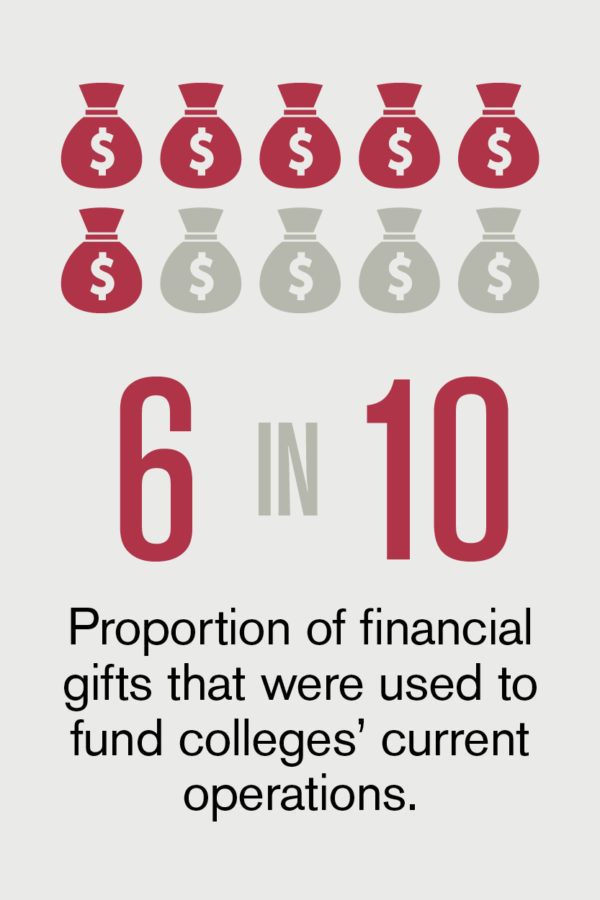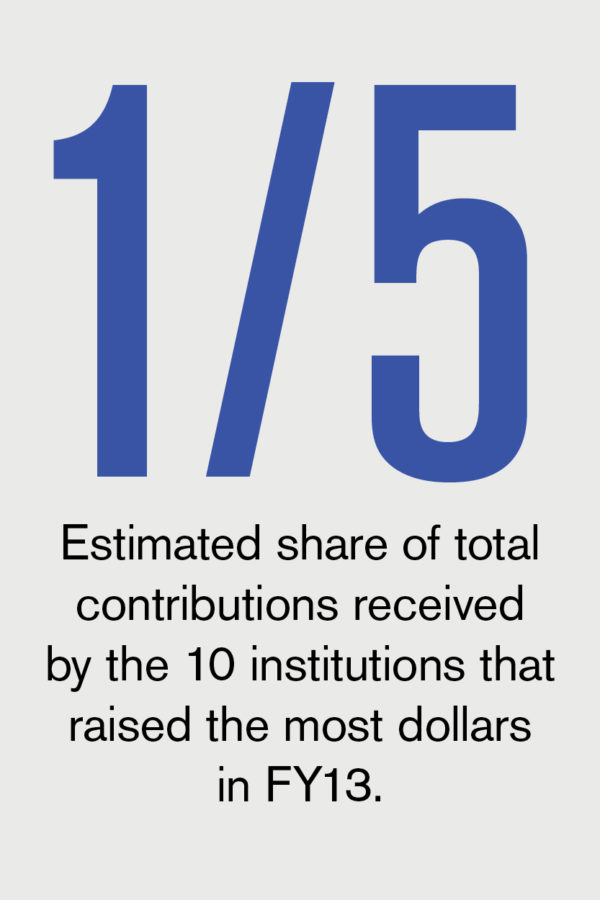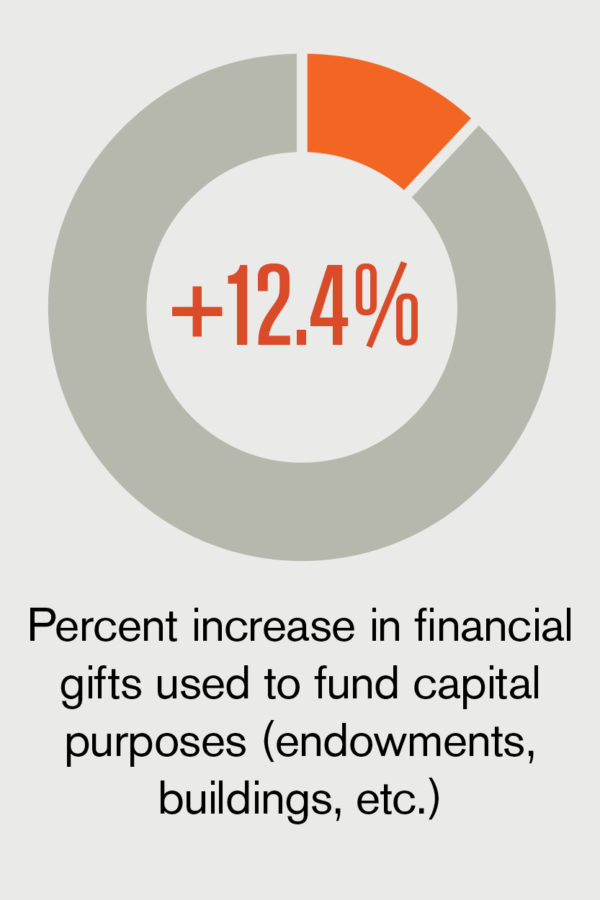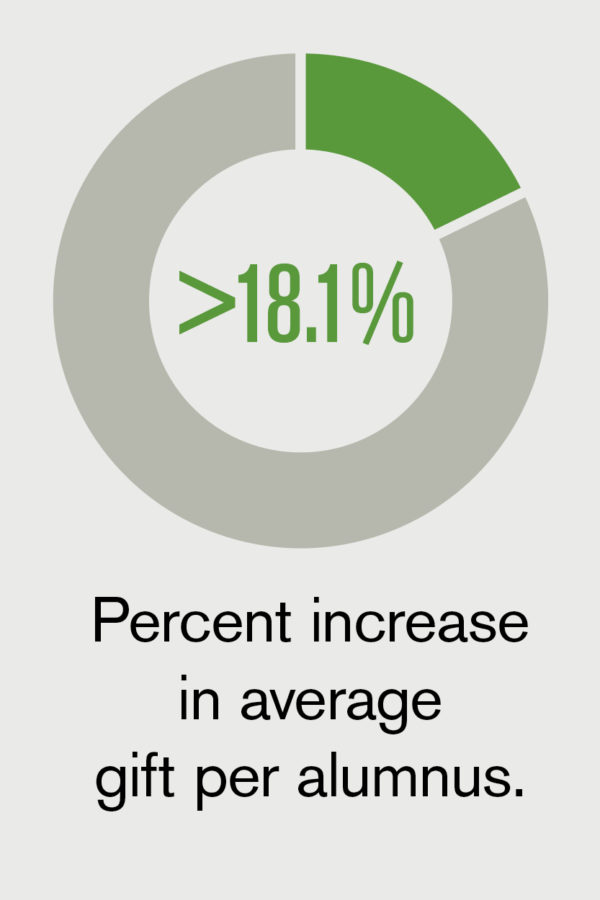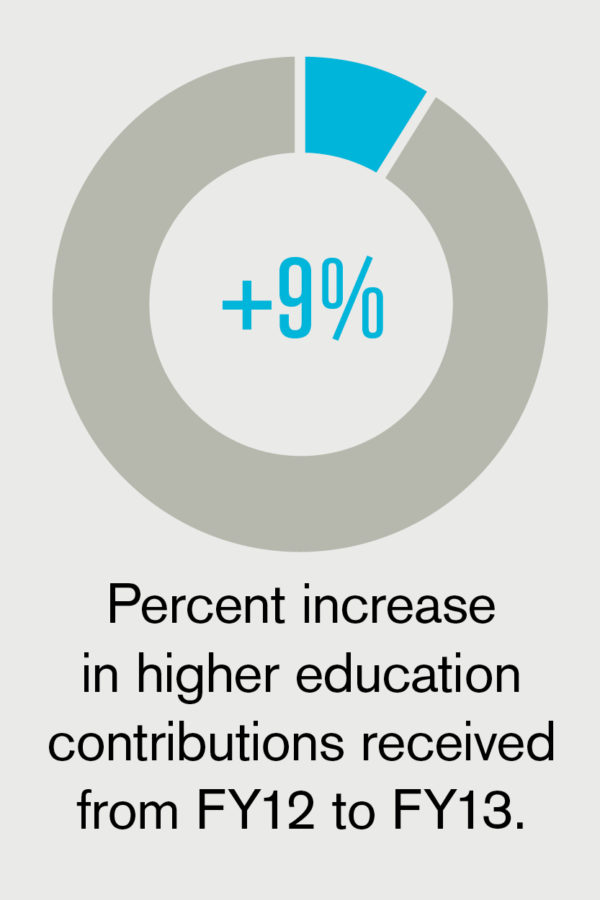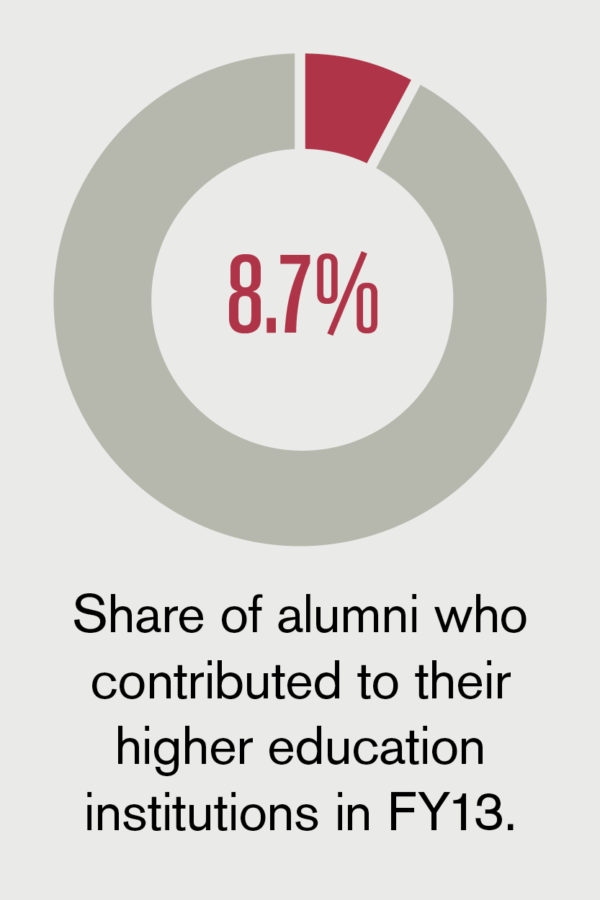We volunteered to establish the first shared service center at the University of Kansas, Lawrence, in the College of Liberal Arts and Sciences. When people ask why, I explain that many of my departments were not getting the level of financial input they wanted for their decisions. I believed then—and still do—that a shared service center could improve transaction time and decision making by giving department chairs more financial choices.
With 55 departments and 60 chairs and directors, the college makes up about 60 percent of the university in terms of our teaching and faculty. To establish a shared service center, we looked at all the staff in the college, identifying those who were doing mainly HR, financial transactions, post award, and grant support. We came up with ratios of staff needed in the shared service center and shifted those employees out of departments around the university and into the shared service center, where they work together.
Readying for Reassignment
My associate deans and I met personally with every staff member we’d identified to move into the shared service center. We talked about our goals, training, and technology. Although people were anxious about losing the sense of identity they felt with their departments, they also expressed excitement. Most saw this as a new career opportunity.
In a sense, the departments still have their HR, finance, and grant support staff. Although they are in a different location, staff members who have moved to the shared service center can still come to department meetings, have face-to-face meetings with the department chair, and provide regular budget updates.
The biggest difference is in areas of responsibility. Staff members who moved to the shared service center had to adjust to more specialized roles, while employees who remained in the departments had to let go of some of the infinite tasks they previously handled. It’s been an exercise of trust and relationship building.
Complaints and Corrections
As we moved different waves of staff, I needed feedback to make sure the shared service center concept was working. When I tried a couple of times to send out surveys, we got low response rates. I ended up taking time out of my monthly chair and director meeting to conduct a live survey. I would prime the pump by communicating that negative criticism is a gift. I did not want staff to hold back. “There is no shame in complaining, because we can correct only the things we know aren’t working,” I told them.
I conducted live surveys for 18 months, reporting back to staff the following month as to what changes we’d made. This academic year, we’re doing quarterly surveys because people do get survey fatigue, even if they have to merely complete a short survey during a meeting.
The monthly surveys helped us identify what was—and wasn’t—working. They also helped build a sense of openness and trust, because units knew we were truly listening to their input and making changes accordingly. In some cases, we are still building trust, but we have a track record of listening and then improving.
SUBMITTED BY Danny J. Anderson, dean of the College of Liberal Arts and Sciences, University of Kansas, Lawrence
A new national effort, Solution Generation, aims to educate and engage colleges and universities on strategies to ease their respective climate impacts. The program, which institutions may join at no charge, provides access to a host of communication tools and resources campus leaders can use to implement climate solutions at their institutions.
Along with NACUBO, key partners in the initiative include the American Association of Community Colleges, the American Association of State Colleges and Universities, the Association for the Advancement of Sustainability in Higher Education, the Hispanic Association of Colleges and Universities, and a number of individual campuses. NACUBO President and CEO John Walda is a member of the Solution Generation executive committee.
Building on the success of the American College and University Presidents’ Climate Commitment, one of the country’s largest efforts in achieving climate neutrality, Solution Generation is created in collaboration with ecoAmerica through its MomentUs initiative. Funders include the MacArthur Foundation, the Linden Trust for Conservation, and others.
RESOURCE LINK For more information on the coalition and its “Path to Positive” effort, visit www.nacubo.org, click on Business and Policy Areas, and select the Sustainability tab.
SUBMITTED BY Sally Grans Korsh, director, facilities management and environmental policy, NACUBO, 202.861.2571
While institutions of higher education are jumping on the customer relationship management bandwagon to streamline admissions and student recruitment, the University of Texas at San Antonio (UTSA) deployed CRM for a very different but innovative and strategic purpose: academic advising.
“If we truly think of our current students as customers, then using a CRM system to manage the relationship with our students is a natural direction,” says Kenneth Pierce, the university’s vice provost of information technology and chief information officer. While participating in activities that led to the development of the university’s graduation rate improvement plan, Pierce became more familiar with CRM’s benefits.
UTSA’s leadership made the decision to use customer relationship management tools to help facilitate its graduation improvement goal—a collaborative effort across the university to improve its 4-year and 6-year graduation rates, and a subset of the overall strategy that UTSA is undertaking to become a Tier One university.
Applying CRM to academic advising has already increased the efficiency of the university’s student advisers, allowing them to gather data quickly and spend more time in person-to-person interactions.
Priorities and Realities
According to Pierce, academic advising processes are one of the top concerns of students when it comes to helping them graduate in a timely manner. “UTSA has top-notch advisers, but the tools and processes they were using were wholly inadequate for providing exceptional advising services,” he says. “Yet, if we simply throw new tools at them without effective architecture and data management strategies, we will simply replace one problem with another.” For UTSA, the CRM was the missing piece of the architecture that would act as the integration point for all student-advising processes.
For many universities, such tools as student information systems, degree audit, degree planning, learning management systems, and early alerts or warning tools are becoming commonplace. But adopting such tools creates it own challenges.
- Advisers initially can become overwhelmed by complexities. For example, they must compile multiple information systems into a comprehensive view of each particular student.
- Overlap in functionality between and among the advising tools may be confusing. For example, Pierce describes the issue of documenting advising comments: “Advisers write comments and notes from their advising sessions. The student system has a place for posting the comments. The degree audit, the degree planner, and the alert systems all have a place for them. No one wants to be required to pull up student records in all these systems just to get a complete listing of the advising comments, and we don’t expect that of the advisers.”
A Boost for Best Practices
A grant from the Bill and Melinda Gates Foundation, focused on integrated planning and advising systems, served as a jump start to the university’s CRM project. The foundation’s larger goal is to see the work develop into a best practice for student advising that will lead to improved retention and graduation rates.
The CRM strategy adopted by UTSA will integrate all the required data (including comments) from its various and separate systems into a single screen, where advisers can view the aggregated information for each student. To accomplish this, UTSA licensed Microsoft Dynamics’ cloud-based CRM and also engaged a Microsoft solutions provider to assist with the implementation. “Going the cloud direction with an implementation partner allowed us to get up and running significantly faster than attempting to install CRM locally and then hiring and training staff to configure the CRM,” says Pierce.
For the first CRM release to student advisers, the university was able to integrate information contained in five different screens within its Ellucian Banner student information system. This integration resulted in the advisers’ ability to record a change in a student’s major, and release registration holds directly from within the CRM without having to log in to the student information system.
While this in itself is not a revolutionary accomplishment for the advisers, when you couple it with the fact that the CRM is fully integrated with Microsoft Outlook, advisers can now view (and change) not only student information directly from within Outlook, but they can also track e-mail threads with students and faculty related to student advising and attach documents to student records from that same interface.
Associate director of advising technology, James Adair, agrees with Pierce’s assessment. “Because CRM will help us integrate data from our student information, learning management, early alert, and degree audit systems, we expect it to help us streamline our processes, making us more efficient and allowing us to spend our face-to-face interactions with students—focusing on their needs rather than on chasing down data in several different locations,” says Adair.
Future Features
While this in itself is a significant implementation that benefits advisers, Pierce’s vision does not end there. His plans call for incorporating information from the early alert retention network as well as current semester grades from its learning management system.
“Advisers have never had access to a student’s progress in the current semester at their fingertips, but they will now,” says Pierce. “Not only that, they will be able to view a listing of any alerts triggered within Outlook.”
The student’s adviser will be able to see such alerts “and reach out and offer resources and options” that the student can use “to make an appropriate, informed decision,” says Barbara Smith, executive director of student advising.
Once advisers become familiar with the new relationship management tools, Pierce’s expectation is for advisers to manage groups of students, monitoring them, for example, by comparing past and current semester performance and identifying any significant changes that might flag problems.
“The advising process can now become more proactive instead of reactive,” says Pierce. “The CRM native capabilities will facilitate the communication with the right students at the right time, and advisers won’t spend lots of time running reports and creating lists.”
Future plans call for additional information integrations into the CRM, including the university’s system for degree planning and audit. “Students will be able to track their degree progress; connect with their assigned academic adviser, who will know their academic strengths, weaknesses, and other factors such as family and work commitments; and obtain help in developing a plan to better ensure timely graduation,” Smith concludes.
“We are implementing one system after another to complete our advising system architecture, and at quite an accelerated pace. Each step along the way, we are creating the CRM integration. Our goal is for advisers to accomplish 80 or 90 percent of their work from within the CRM and Outlook systems,” says Pierce. “That allows them to use much more of their time on actual advising—and person-to-person consultations.”
RESOURCE LINK Connect online with UTSA’s office of information technology at http://one.utsa.edu/sites/oit/about/Blog/default.aspx.
SUBMITTED BY Vanessa Hammler Kenon, assistant vice provost for information technology, the University of Texas at San Antonio
Public health is the ninth fastest-growing major, increasing 750 percent from 1992 to 2012. In addition, undergraduate public health majors represent more ethnic diversity than that of the undergraduate population as a whole.
— Characterizing the Growth of the Undergraduate Public Health Major: U.S., 1992–2012, Association of Schools and Programs of Public Health
Fast Fact
Giving Governance an Upgrade
A new report from the Association of Governing Boards of Universities and Colleges (AGB), Consequential Boards: Adding Value Where It Matters Most, finds that most higher education boards continue to approach governance as they did 50 years ago. In spite of the pace of social, economic, and political change affecting higher education, most boards often focus on narrow, near-term tactical matters rather than developing long-term strategic direction and policy. With regard to the survey, Richard Legon, AGB president, noted: “Board members have responsibilities they must meet more effectively. Their role must be redefined so that they better ensure their institutions are contributing to society.”
Job Prospects for Millennials
A new report on worldwide youth employment, Overcoming the Youth Employment Crisis: Strategies From Around the Globe, claims that students facing poor employment prospects and mounting student debt are not being adequately trained for jobs the U.S. and global economies need. According to the report’s authors, the answer is to expand the apprenticeship system and to improve young people’s access to information on jobs and career pathways.
![]()
By The Numbers
FY13 Charitable Contributions
Source: 2014 Voluntary Support of Education, Council for Aid to Education. For more information, go to http://cae.org/images/uploads/pdf/VSE-2013-Press-Release.pdf.




